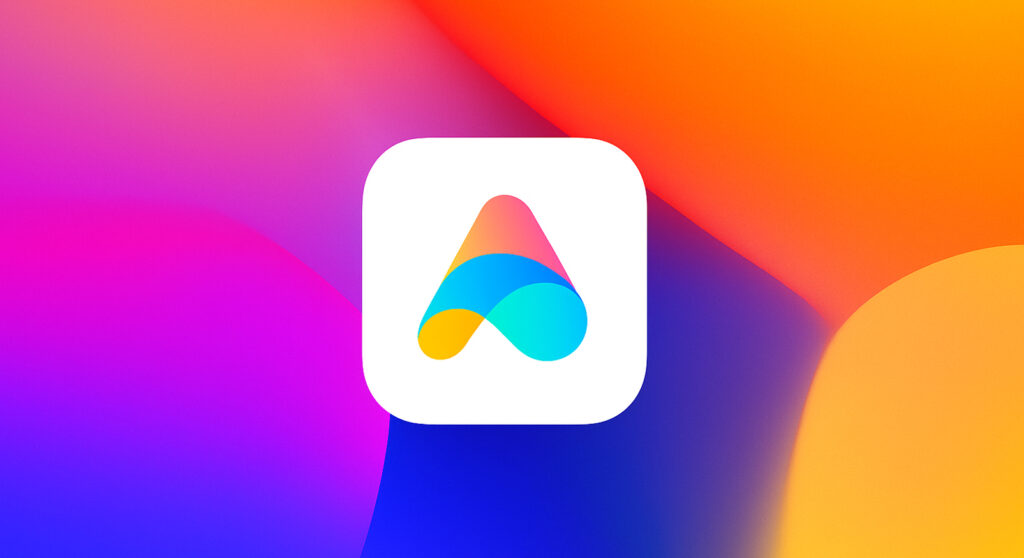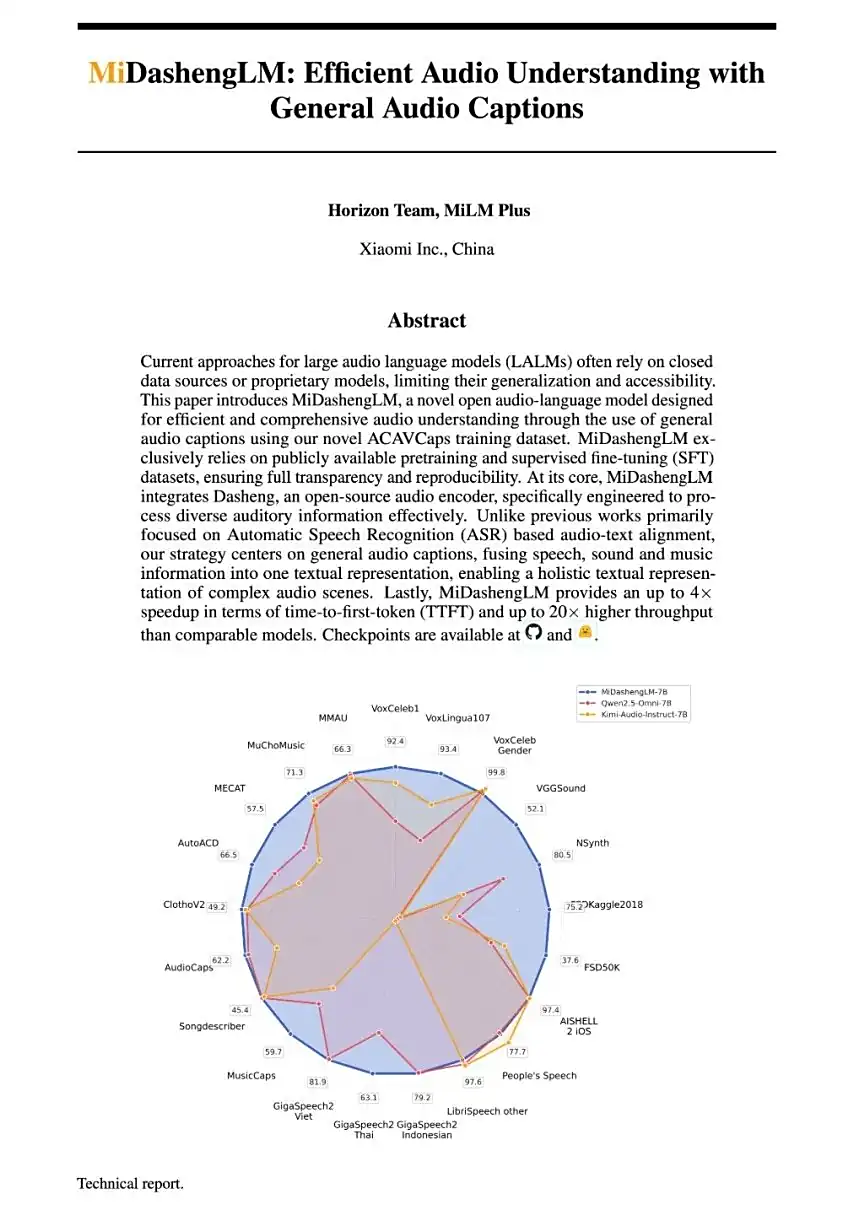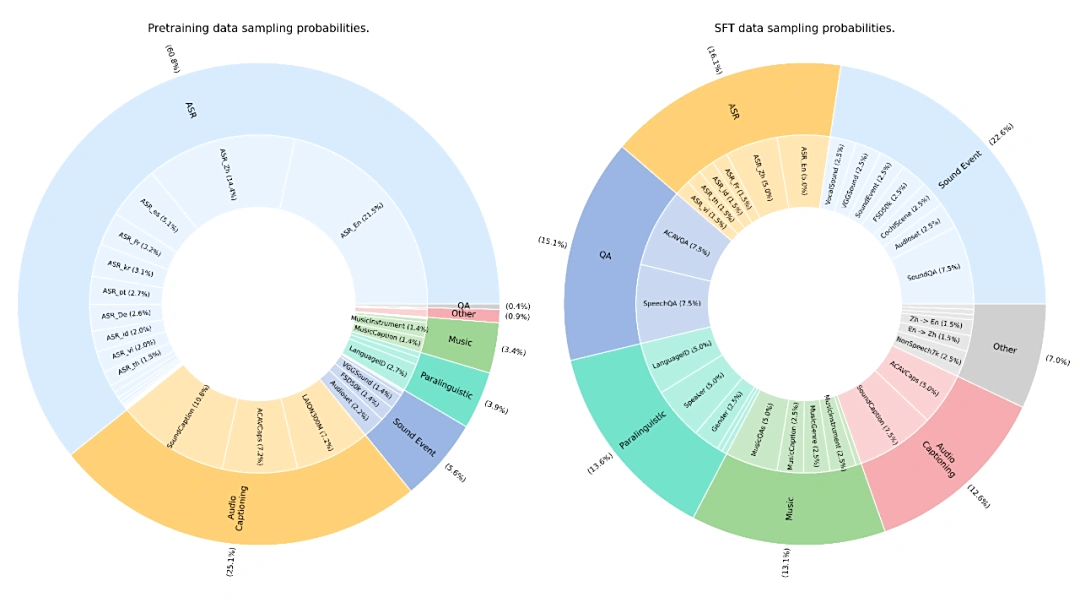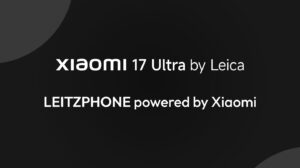Xiaomi has made a significant move in the AI landscape by releasing its MiDashengLM-7B voice recognition model as fully open source. This model isn’t just another incremental improvement—it’s a high-performance system that’s already set new records across 22 public benchmarks. For developers and businesses, this means direct access to sophisticated voice recognition and integration capabilities, without the usual barriers.
Industry-Leading Performance Metrics
MiDashengLM-7B stands out for both speed and efficiency. In testing, the model’s first token delay was just 25% of what comparable solutions require, and it can handle 20 times more concurrent processes—without demanding additional memory. In practical terms, businesses deploying this system can expect faster response times and greater scalability, making it ideal for everything from large-scale customer service automation to real-time data analysis.
Innovative Architecture Driving Results
The technical core of MiDashengLM-7B combines Xiaomi’s Dasheng audio encoder with the Qwen2.5-Omni-7B Thinker autoregressive decoder. This unified approach allows the system to handle speech recognition, environmental sound detection, and music analysis within a single framework. The universal audio description training strategy ensures reliable performance across diverse audio inputs, positioning this solution ahead of traditional, single-purpose systems.
Proven Real-World Applications
This isn’t just theoretical technology. Xiaomi’s Dasheng platform currently supports over 30 applications across its smart home and automotive product lines. Implementations include:
- Advanced wake-up and external defense systems
- Continuous abnormal sound monitoring for mobile speakers
- Gesture-based ambient sound controls for IoT devices
- Enhanced scratch detection with Xiaomi YU7 sentry mode
These deployments highlight the immediate business value of integrating advanced voice AI into consumer-facing products.
Commitment to Transparent, Open Source AI
Unlike many proprietary models, MiDashengLM-7B is trained exclusively on publicly available data and is released under the permissive Apache License 2.0. This approach supports both commercial and academic use, with no restrictive terms. Xiaomi provides full transparency on its data sources, detailing the composition of 77 distinct datasets and offering a comprehensive technical report outlining the model’s development process—from audio encoder training to final fine-tuning.
For businesses and developers interested in leveraging Xiaomi’s latest AI advancements, updates are available at HyperOSUpdates.com. For enhanced device management and feature access, the MemeOS Enhancer app can be found in the Play Store.
Source: IT Home


 Emir Bardakçı
Emir Bardakçı



